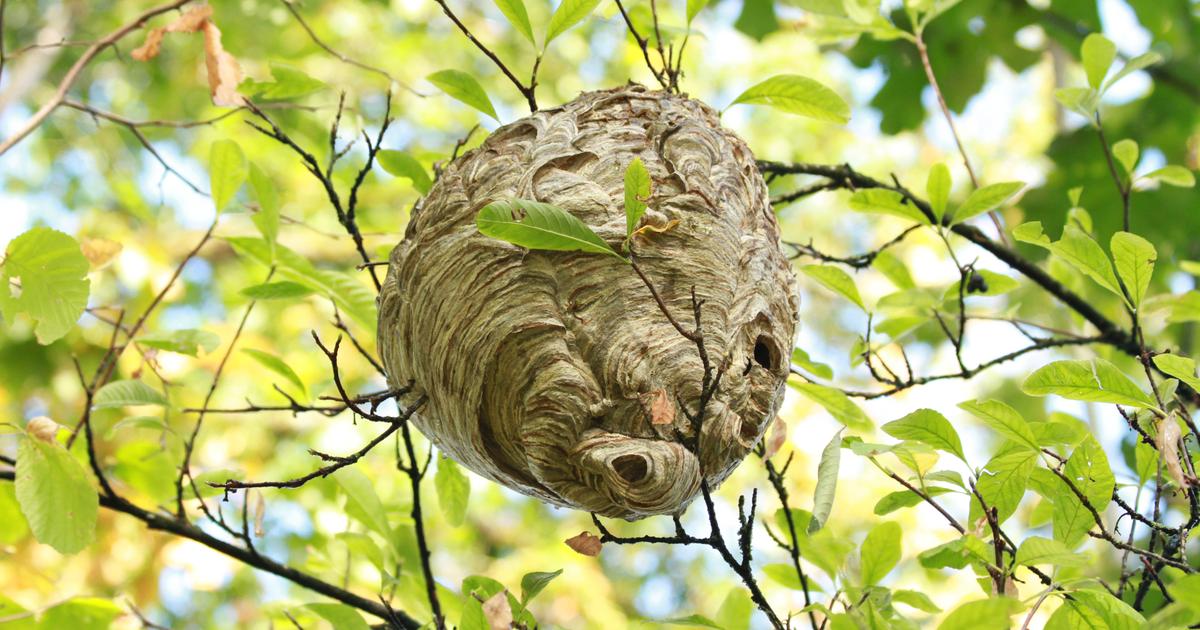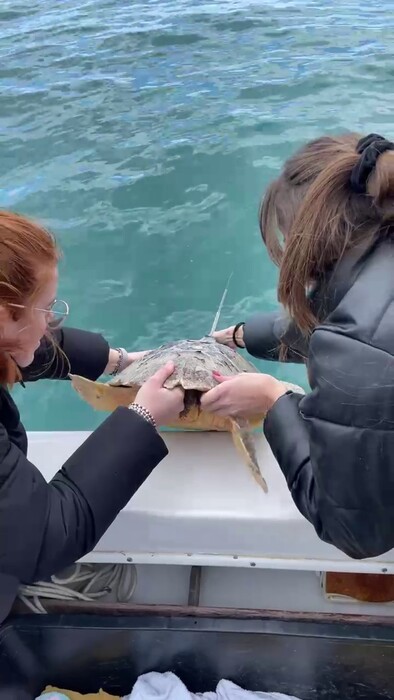Read the video transcript here arrow up arrow down
A scene like from an end-of-time film - the aim is to capture a dangerous species of insect: This team of entomologists has to be extremely careful.
Because in this tree trunk there is a nest of the Asian giant hornet.
Entomologists are entomologists, and in this case, U.S. civil servants.
For the first time they were able to track down a nest of the Asian giant hornet, also known as the "killer hornet" in the USA.
The invasive species could quickly become a national problem.
Sven Spicheger, Chief Entomologist, Department of Agriculture, Washington
"These invasive insects are known to be voracious hunters of honey bees. Few Asian giant hornets can kill
thirty thousand healthy honey bees in a matter of hours."
"Switching off" means in this case: behead.
The animals are superior simply because of their size: the workers can be four and a half centimeters long, the queen up to five and a half.
The giant hornets are very strong and big enough to carry a small transmitter.
This enabled entomologists to track a hornet to its nest for the first time.
The first Asian giant hornet in the United States was discovered in December 2019.
Dozens of animals have been sighted since then, but a nest has never been found.
Sven Spicheger, Entomologist
"Well, we found one and knocked it
out. We're all pretty happy about it. // We were pretty lucky because it was very cold and I think that's the main reason why the nest was so quiet. We weren't even attacked by the hornets, and we were lucky we were able to quickly seal the entrance without any animals escaping. "
The team had wrapped the tree in cellophane, stuffed the entrance with foam, and inserted a vacuum suction device into the opening.
Blows against the tree should drive the animals to the exit.
The team brought a total of 98 hornets out of the tree.
They should be used for study purposes.
Sven Spicheger, Entomologist
"The queen was not there. We think she's still in the tree, but that doesn't surprise us at all. The queen doesn't come out to defend the nest when there are many workers doing this . "
The team anesthetized any remaining hornets with CO2 and sealed the tree with spray foam.
Humans don't usually attack the hornets.
But they are also not completely harmless.
Sven Spicheger, Entomologist
"If you are particularly sensitive to allergies, you can die from a sting, but that's rare. It becomes extremely dangerous if you accidentally stumble into a nest and get several stings."
The entomologists now want to cut the tree down to see how big the nest is and whether new queens may have emerged.
They suspect at least three other nests in the same county.












